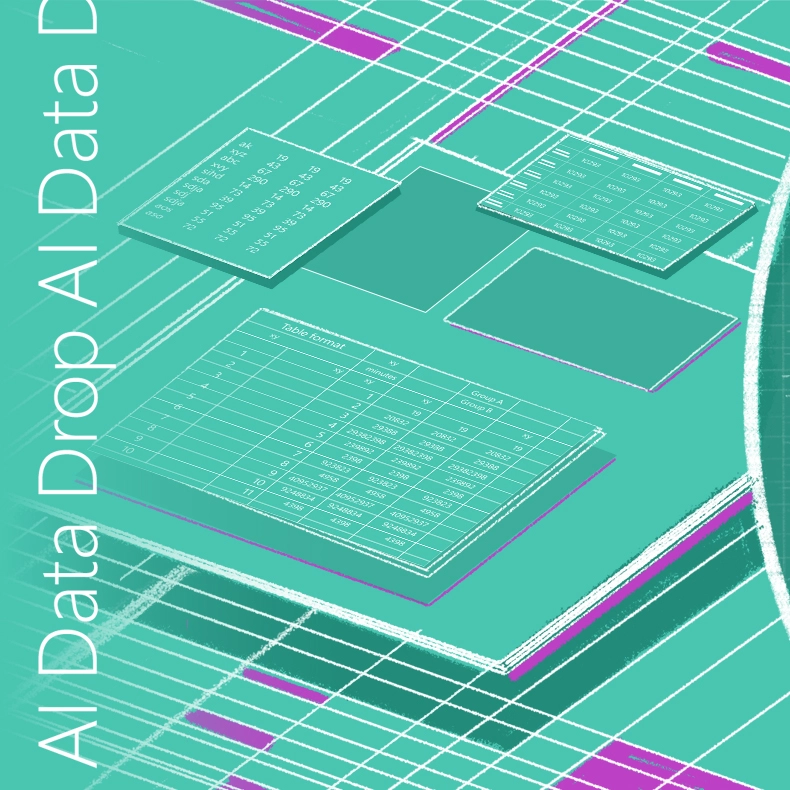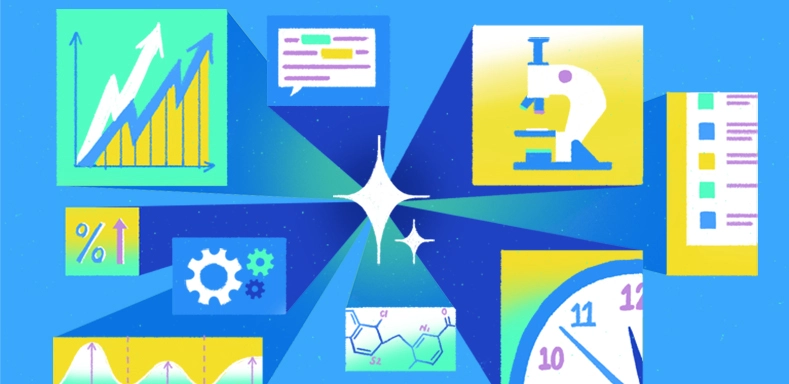We have spent the past nine months collaborating with 58 Microsoft 365 Copilot customers to analyze the work habits of 6,317 employees through their telemetry data—one of the largest studies of its kind to date. Our researchers randomly divided the employees into two groups: one with access to Copilot and the other without.*
Collaborating with organizations to do real-world studies like this is critical to the broader feedback loop we’ve built for Copilot, helping us accelerate product innovation and boost value for customers. We’re just starting to learn about the new patterns of work that are emerging as more people use Copilot in more ways. Some organizations in the study experienced more impact than others, but the examples here provide valuable insights into how Copilot is already beginning to transform work.
1. AI is starting to liberate people from email
Our 2024 Work Trend Index Annual Report found that email overload remains a persistent problem: the typical person has to read about four emails for every one they send. But signals from our new study suggest that we may soon be liberated from our inboxes.
People are spending less time reading email: Overall, employees at a consumer goods company with access to Copilot spent 31% less time reading emails, a time savings of 50 minutes a week per user. At a telecommunications company, employees spent 23% less time, saving 40 minutes per week.
We also observed marked drops in the number of emails read: The telecom company’s employees saw a 21% decrease in the number of emails read for one to 10 minutes, and a 19% drop in the number of emails read for more than 10 minutes. Employees at other companies experienced similar results, and an insurance company saw a drop in individual emails read of 21%.
The data shows that decreases in time spent in email was the largest statistically significant effect we observed among the people using AI, showing that features like Summarize were freeing them from long email chains—a crucial step toward eliminating email overload forever.
2. Meetings are becoming more about value creation
The workday is often a balancing act between crucial meetings and focused work. And our 2023 Work Trend Index Annual Report found that all too often, people join an hour-long meeting for a one-minute insight, pushing valuable focus work to after hours. Now we’re seeing AI flip that on its head—some companies are reducing time spent in meetings, and others are making the time spent in meetings more valuable.
We saw AI start to reduce the time spent exchanging information in meetings: People using AI at a consulting firm spent 16% less time in meetings. An energy company saw a 12% increase in the number of meetings being left early, suggesting that people may feel comfortable bowing out because they can use Copilot to get meeting notes, ask questions, and check on action items.
We also saw with AI that meetings are becoming opportunities for new forms of co-creation: At the materials science company Dow, a team that produces technical white papers began using meetings to reinvent how they write. For some paragraphs they asked Copilot to craft a first draft, which they reviewed together and refined. Other times, they scheduled meetings for the express purpose of discussing the white paper topic in depth, with the aim of handing the transcript over to Copilot to weave it all into a cohesive, clear write-up. “It eliminates so much of the back-and-forth,” says Brandon Toyzan, a technical architect at Dow. “We have that quick conversation and get everyone’s point of view, and we automatically have a draft.” He says a process that once required hours of back-and-forth can now be accomplished in a 30-minute conversation. Think of the process as “writing out loud”—they come into a meeting with a blank page and wrap up the call with a solid draft.
3. People are co-creating more with AI—and with one another
As the Dow meeting example shows, human-to-AI-to-human collaboration fosters better human-to-human collaboration, reducing the time it takes to get from good to great. That pattern is borne out by our data.
People are co-creating more content with AI: one consumer goods company saw a 41% boost in the number of Word sessions, while at a law firm and a telecom company, Word document creation soared by 58% and 45%, respectively.
And AI encourages more collaboration on that content: Employees with access to Copilot at a financial services company co-edited 33% more documents than those without AI, and a consulting firm saw a similar effect. A national postal service saw the number of documents commented on increase by 82% for employees with high Copilot usage. At a multinational retailer the number of collaborators per user went up by 19%. That figure was 30% for the consulting firm.
AI also seems to enhance some people’s ability to process and consume information. At one technology company, employees who displayed high usage of Copilot saw the duration of their Word sessions drop by 52%.
With AI, we’re seeing a new work pattern emerge, one that’s more collaborative, iterative, and multiplayer—teams working in tandem with AI.
Where Work Is Headed
Real-world company data on how Copilot is starting to reshape the workday.

How to maximize the impact of AI across your organization
As these findings show, Copilot is reshaping the workday to privilege valuable creation and collaboration. The best way leaders can help their teams optimize for the kinds of effects the study revealed is by encouraging usage. For many of the companies that saw no statistically significant effects, the problem was a lack of AI usage. The organizations that have done the most to drive up adoption metrics saw the greatest impact.
For instance, across the entire sample, people who had access to Copilot on average read six fewer emails a week than their non-Copilot counterparts. But when we looked at employees with high usage rates, that number tripled to 18 fewer emails a week. This shows that the more people develop AI usage as a daily habit, the more value they’ll get out of it.
As companies continue their adoption journeys and the effects ripple across their organizations, the impact will intensify. What is clear now is that the AI aptitude gained from daily usage will become increasingly important for employees to keep up with where work is headed.
*Methodology: Researchers worked with organizations in the Microsoft 365 Copilot Early Access Program to create a randomized control trial. Microsoft 365 Copilot combines generative AI tools in applications such as Word, Excel, PowerPoint, Outlook, Teams, and others. Each organization set aside at least 50 licenses to be randomly assigned among 100 or more Microsoft 365 users nominated by the organization. Researchers partnered closely with IT administrators and business decision-makers in each of the participating organizations to explain the need for randomization and obtain buy-in. Using metadata from Microsoft 365 in these organizations, researchers compared how email, meeting, and document behavior differed based on being assigned a Copilot license.
Want more research and insights on AI at work? Subscribe to the WorkLab newsletter.


